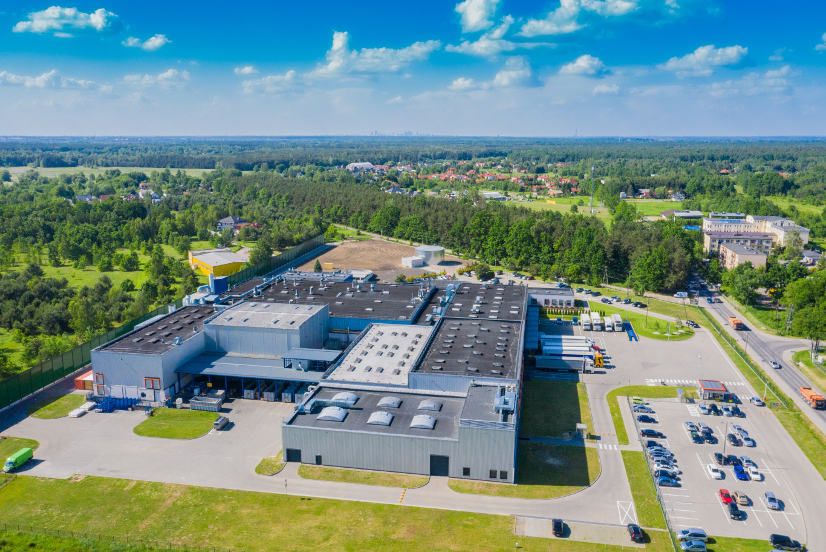The most common material used for warehouses is steel, creating a pipe framework that supports the outside cladding and roof. Designers prefer using metals for their durability since the structure needs to hold heavy loads. Typically, roofs are made from fibreglass, which allows natural light into the building.
Differences between warehouse construction vs traditional building.
Function is the most obvious difference between building a warehouse and other construction projects. A warehouse is a building that holds items belonging to a company. A warehouse may also need to provide refrigeration, safety measures for storing chemicals or other special features. But fundamentally, as storage facilities, warehouses have a simple function: to keep stock secure between manufacture, transport and trading.
Building materials used for warehouse construction are also different from the standard brick and mortar. The most common material used for warehouses is steel, creating a pipe framework that supports the outside cladding and roof. Designers prefer using metals for their durability since the structure needs to hold heavy loads. Typically, roofs are made from fibreglass, which allows natural light into the building. This also makes it easy to replace if it becomes damaged. As expected, wood is an important resource for building shelving and storage space within the warehouse itself. The materials to build a warehouse consist of about 80% of the total cost, so ensuring good quality is essential.

